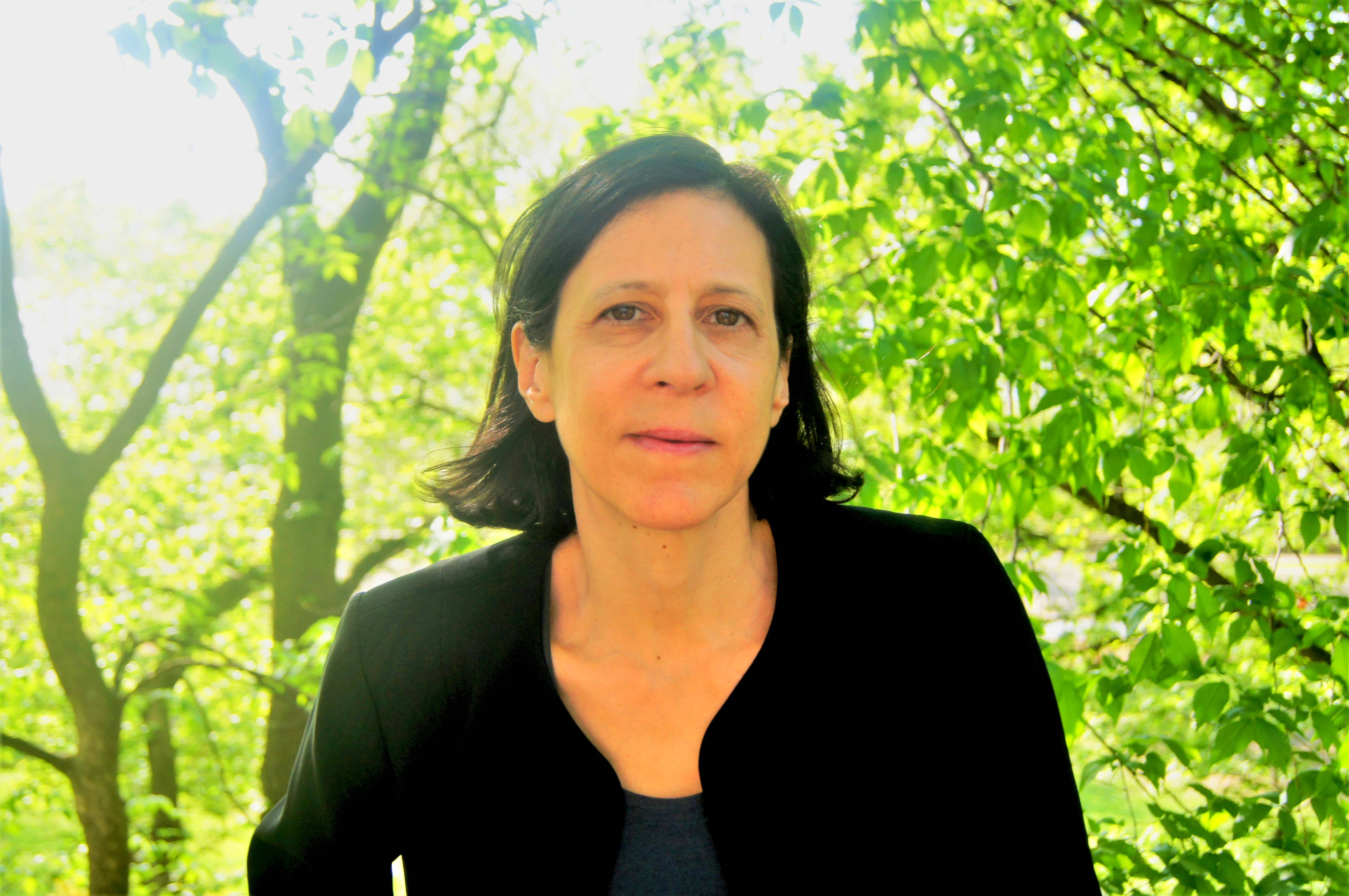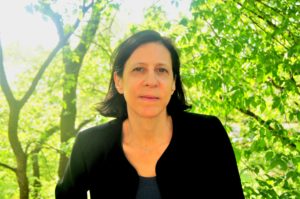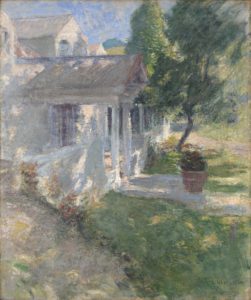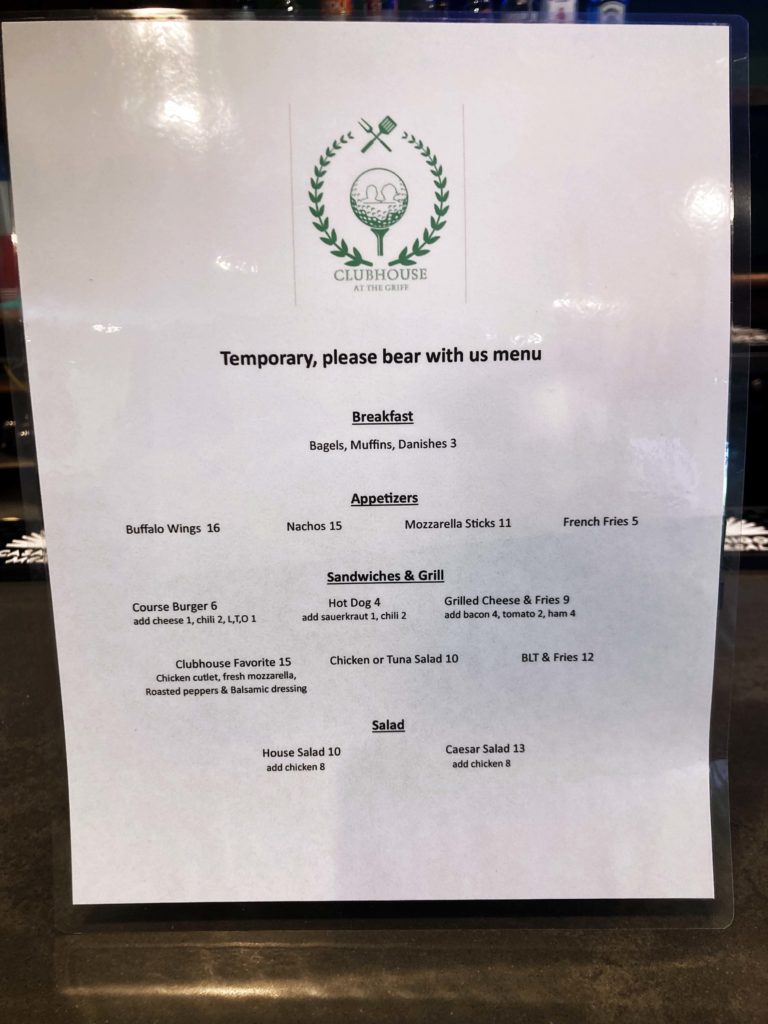
By Anne W. Semmes

An extraordinary virtual catalog featuring the life and work of American Impressionist artist, John Henry Twachtman, is now online at jhtwachtman.org. The John Henry Twachtman Catalogue Raisonné, involving three decades of work by its author, Dr. Lisa Peters, was launched in collaboration with the Greenwich Historical Society on November 18 with a special zoom lecture featuring Dr. Peters. (That lecture video is available for viewing at https://greenwichhistory.org/event/twachtmans-road-to-greenwich/)

Dr. Peters is an independent art historian serving as the curator of the forthcoming exhibition of “Life and Art: The Greenwich Paintings of John Henry Twachtman” at the Greenwich Historical Society. She has also authored the exhibition catalog. Originally slated for this fall, water damage from Hurricane Ida has pushed the exhibition to a date to be announced in 2022.
“Twachtman is not as well-known as he deserves to be,” shares Debra Mecky, Executive Director and CEO of the Greenwich Historical Society. “And he was not a good promoter of his work, although he was considered the most original of the American Impressionists. So, we were excited to provide a platform at the Greenwich Historical Society to share Lisa Peter’s extensive research on John Henry Twachtman’s life and art through the publication of the Catalogue Raisonné, and also with our upcoming exhibition on his Greenwich paintings. “
Accessing that Catalogue Raisonné online is a wonder. One learns of approximately 760 Twachtman artworks; sees his correspondence with friends J. Alden Weir, and Stanford White; finds photographs of the sites Twachtman painted. With a chronological listing of his exhibitions with images one can trace the development of his art. A list of collectors includes individuals, museums and galleries.

Peters’ Biography of Twachtman begins, “A painter’s painter, more appreciated in his era by fellow artists than by the public, throughout his career…was committed to plein-air landscape painting and he captured the essence of his sites with reductive and suggestive means. During his lifetime, he was called a modern artist, one whose work was ahead of his time… especially for the originality of the Impressionist works he created beginning in the late 1880’s.”
We learn at age 15 he’s producing window shades in his Cincinnati hometown while studying art part time. By age 17 he’s off to the Munich Royal Academy for four years, then returns there for four more years where he meets his wife to be Martha Scudder, also studying art.
“The summer of 1891 was the first in which Twachtman [then 38] and J. Alden Weir held art classes at the Holly House in Cos Cob. Either with Weir or on his own Twachtman continues teaching summer classes in Cos Cob until the end of the decade.”
In May of 1893 Twachtman and his fellow artist friend J. Alden Weir are featured in a four artist exhibition in New York City alongside Claude Monet. Of Twachtman there are 28 paintings and 15 pastels – all views of Greenwich. Reviewers saw Twachtman and Wier as “the most advanced followers of Monet.”
“We have a vision,” explains Mecky, “of expanding our interpretation of the essential relationship between Twachtman, the Holley House (today’s Bush-Holley House) and his Greenwich farmhouse on Round Hill Road, where he created his most important work.” Mecky cited that initiative as important “to fulfill our mission to preserve and share the Town’s illustrious history and to further the Historical Society’s unique role as steward of a National Historic Landmark in Cos Cob and of the Impressionist artwork in our collections inspired by Greenwich’s scenic beauty.”




